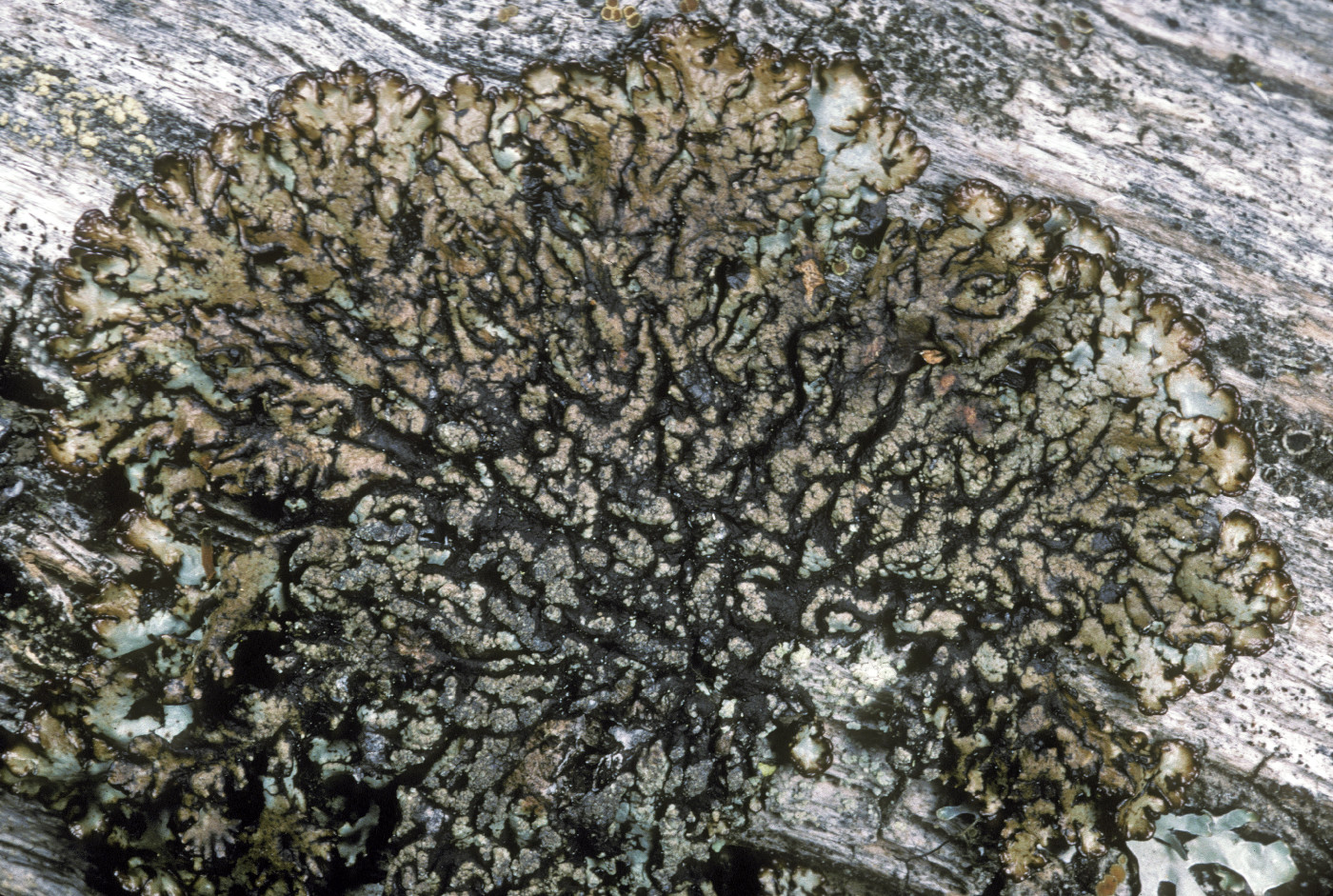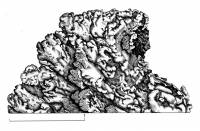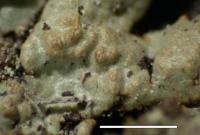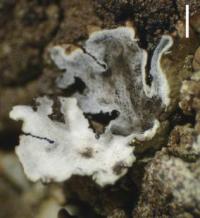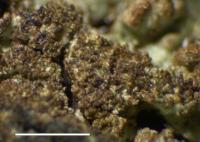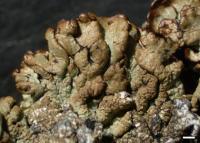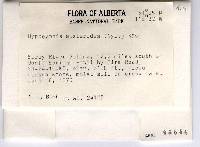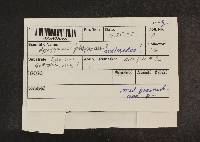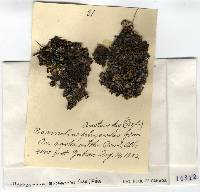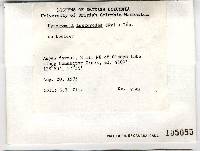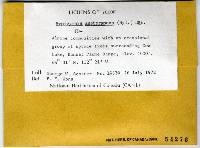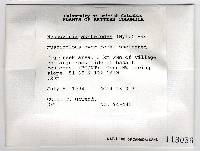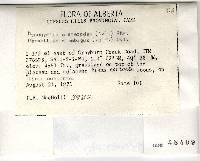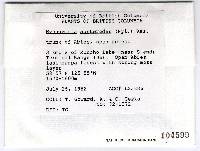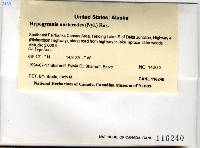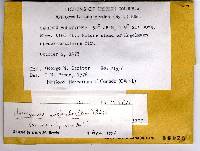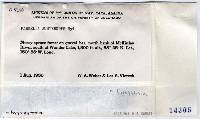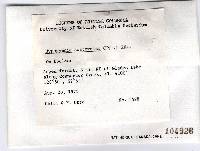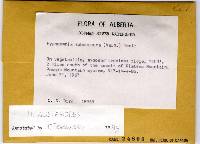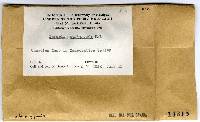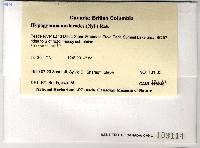
Consortium of Lichen Herbaria
- building a Global Consortium of Bryophytes and Lichens as keystones of cryptobiotic communities -
- Home
- Search
- Images
- Species Checklists
- US States: O-Z >
- US National Parks
- Central America
- South America
- US National Parks
- Southern Subpolar Region
|
|
|
|
Family: Parmeliaceae
[Parmelia austerodes Nyl.] |
Nash, T.H., Ryan, B.D., Gries, C., Bungartz, F., (eds.) 2002. Lichen Flora of the Greater Sonoran Desert Region. Vol 1. Thallus: appressed, up to 5 (-8) cm broad; texture: cartilaginous; branching: variable, budding present lobes: contiguous, 0.5-2 (-2.5) mm wide, sometimes black bordered; profile: pinched and swollen; width/height ratio: 1-15; tips and axils: rarely perforate upper surface: greenish gray to brown, dark mottles often present, smooth soredia: almost always present, mainly laminal, developing from subisidiate granules with a deteriorating cortex, sometimes diffuse and powdery on older parts of the thallus; isidia: lacking; lobules: often present medulla: hollow; ceiling of cavity: white; floor of cavity: dark to grayish lower surface: black, entire; Apothecia: not seen in local material Pycnidia: rare conidia: not seen Spot tests: cortex K+ yellow, C-, KC-, P+ pale yellow, UV-; medulla K-, C-, KC+ orange-red, P- Secondary metabolites: upper cortex with atranorin and chloroatranorin; medulla with physodic acid (major), 3-hydroxyphysodic acid (accessory, frequency about 75%), 2'-O-methylphysodic acid, unknown (C8) with physodic acid (all accessory). Substrate and ecology: typically on bark or wood, especially conifers in montane and subalpine forests, also on mosses or detritus over rock or alpine sod World distribution: circumpolar arctic, boreal, and montane in continental climates in Europe, Asia, and North America Sonoran distribution: southern Rocky Mountains. Notes: In most places in the northern hemisphere H. austerodes and H. bitteri are easily distinguished. The central and southern Rocky Mountains, however, host intermediate populations. The best diagnostic character for H. bitteri is the presence of short, narrow, upturned lateral lobes tipped with small soralia. These occur with or without larger terminal soralia or laminal soralia. In contrast, H. austerodes typically has only laminal soralia. Occasionally, however, H. austerodes has terminal soralia, but usually these are restricted to the larger lobe tips and they are accompanied by extensive laminal soredia. Specimens from the Rockies may contain thalli at several points along the gradation. Although introgression among predominantly asexual species of lichenized fungi has not been demonstrated, this case suggests just that. Confusion between H. austerodes and H. farinacea is also possible, because both have laminal soredia on a rosette-like thallus. Hypogymnia farinacea does not become melanized in exposed environments, unlike the rich brownish thalli of H. austerodes and H. bitteri when they grow in the sun. Shade forms must be distinguished by the form and development of soredia. In H. farinacea the soredia arise from rugosities of the upper surface, which then crack and form soredia along the edges of the cracks. Although this form of soredia can be found rarely in H. austerodes, it is accompanied by the typical compound granules budding from the lobe surface. |
|
|
|
Powered by Symbiota

